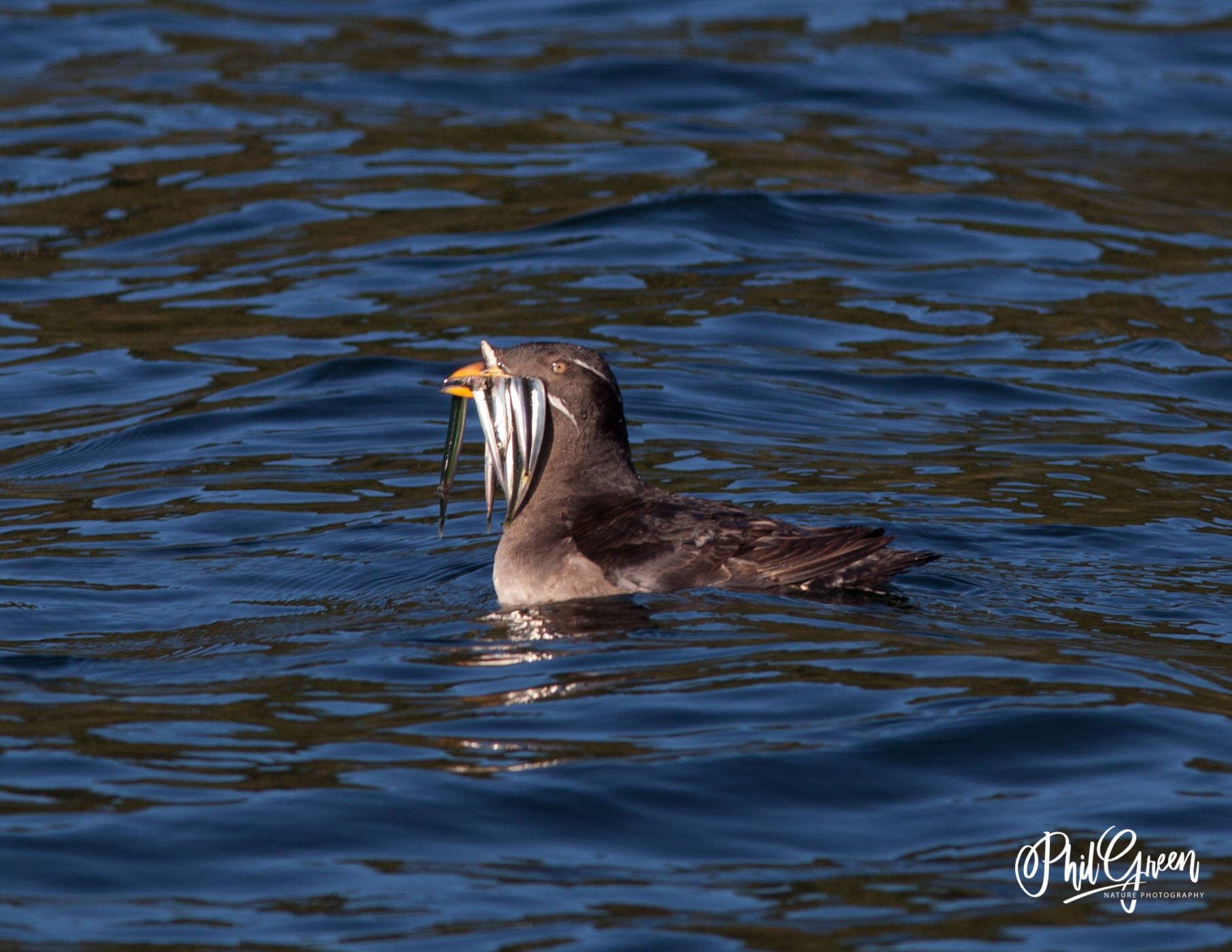by Jeff Dyer
Marine Resource Committee Member and Lopez Island resident
Maybe you have heard of the Marine Resources Committee, www.sjcmrc.org, or maybe not. We at the MRC would like to open the lens a little, with some historical context, to why we exist. To do this, we called upon Tom Cowan, one of our county’s longtime residents, former three-term county commissioner, and NW Straits Commissioner since its inception.
Somewhat to his delight, Cowan summed up that the real genesis for starting the SJC MRC was a failed attempt to establish a federal National Marine Sanctuary in this area. A marine study of 7 regional areas and their associated counties that comprise a region known as the Northwest Straits was launched in the late ’80s by NOAA. There was growing concern at that time about the degradation of the marine environment, including the decline of salmon runs, deterioration of water quality, and degradation of nearshore habitats. The study dragged on and on and on, partially due to the whims of the federal government and partially due to opposition to creating an unprecedented marine sanctuary around a large population base like San Juan County. The idea, with all its good intentions, was quietly abandoned around 1995.
However, the conversation was still heating up about the marine environment and in 1996 the San Juan County Commissioners got the ball rolling again. They wanted to demonstrate to the Feds that positive changes to protect and restore marine habitats could occur at the local level. And so, the first Marine Resource Committee was formed and approved by the SJC Commissioners. The committee would take on a policy advisory role for the county as well as create and sponsor various local projects supporting marine conservation.
By 1998, the SJC MRC was hard at work but the other six counties from the NOAA study had been left abandoned to fend for themselves. Meanwhile, concern for the marine environment grew. With mounting pressure from environmental groups, the Feds weighed in again. This time a blue-ribbon commission was formed, sponsored by US Senator Patty Murray (D) and U.S. Congressman Jack Metcalf (R), known historically as the Murray/Metcalf Commission.
The Murray/Metcalf Commission met weekly for almost a year. Cowan, who had been asked to help advise the commission, recalls, somewhat amusingly, that the commission comprised an equal split of liberals and conservatives and wasn’t really expected to agree on anything. Surprisingly, after some sparring, the blue-ribbon commission reached a consensus on most issues and emerged with a proposal, modeled after the San Juan MRC, that would be comprised of the seven original counties from the NOAA study, namely, San Juan; Clallam; Jefferson; Snohomish; Skagit; Island; and Whatcom counties. The proposal was presented to Congress as the Northwest Straits Marine Conservation Initiative, it was to be given the opportunity to formally organize and be administered at the local level. The MRCs would be overseen by a governing board we now know as the Northwest Straits Commission. This bipartisan effort was approved by Congress a month later.
The interesting fact, from Cowan’s perspective, was that the goals and objectives of the Marine Sanctuary and the Murray/Metcalf Commission were fundamentally the same, however, one had a top-down regulatory process whereas the MRCs were bottom-up and community represented, working directly with local governments and stakeholders.
Inadvertently, the SJC MRC had led the way to become the model for all the MRCs today. SJC MRC continues to blaze a trail for change and innovation with its efforts for healthy whale populations and habitat, the Plastic Free Salish Sea initiative, http://www.plasticfreesalishsea.org, as well as involvement in local salmon recovery efforts. We continue to work within the context of recognizing, as a community, our responsibility of stewardship within, but not separate from, our larger Earth community. By engaging our community in conversations about the challenges of rising population levels and local economic activities, we are able to foster strategic educational values, regional governance and restoration of local marine ecosystems. May it be so.
SJC MRC is the community advisory body to the county on all marine-related issues in San Juan County. To learn more about the county’s Marine Program and how you can support it,visit https://www.sanjuanco.com/1361/Marine-Programs.




